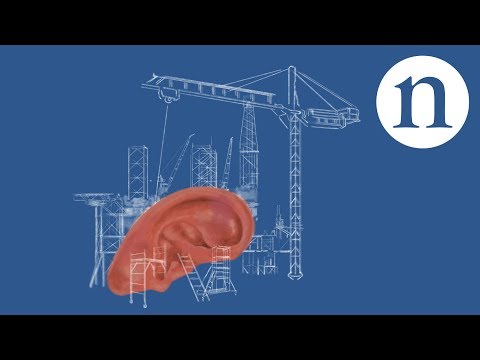


As of Beijing time The data is from a third-party organization and is only for reference.
For actual information, please refer to:www.eastmoney.com
Address: 20 Maguire Road, Suite 103, Lexington, MA 02421(America)
Tel: +1(626)986-9880
Address: Allia Future Business Centre Kings Hedges Road Cambridge CB4 2HY, UK
Tel: 0044 7790 816 954
Email: marketing@medicilon.com
Address: No.585 Chuanda Road, Pudong New Area, Shanghai (Headquarters)
Postcode: 201299
Tel: +86 (21) 5859-1500 (main line)
Fax: +86 (21) 5859-6369
© 2023 Shanghai Medicilon Inc. All rights reserved Shanghai ICP No.10216606-3
Shanghai Public Network Security File No. 31011502018888 | Website Map


Business Inquiry
Global:
Email:marketing@medicilon.com
+1(626)986-9880(U.S.)
0044 7790 816 954 (Europe)
China:
Email: marketing@medicilon.com.cn
Tel: +86 (21) 5859-1500



Researchers at the University of Pittsburgh, School of Medicine and the University of Toronto have uncovered the first molecular steps that lead to immune system activation and eventual rejection of a transplanted organ. The findings may be used someday to create better donor-recipient matches and develop new ways to prevent rejection of transplanted tissues.

Curiously, when the adaptive immune system is deliberately compromised in experimental mice, the innate immune system, which remains intact, can still detect allogeneic transplants and instigate the first step of a rejection process, specifically, the generation of mature dendritic cells. Ordinarily, these cells, which produce interleukin-12, ultimately present antigen to T cells. How this step in the rejection process is instigated hasn’t been clear. That is, its molecular mechanisms haven’t been elucidated.
Reasoning that these molecular mechanisms might be relevant to humans as well as mice, the Pittsburgh/Toronto scientists decided to hunt them down. To keep the hunt on track, the scientists relied on a classical genetic mapping technique called positional cloning, which narrows down a candidate region of the genome, thought to be involved in some phenotype, to a candidate gene.
Details of the Pittburgh/Tornonto team’s genetic pursuit appeared June 23 in the journal Science Immunology, in an article entitled “Donor SIRPα Polymorphism Modulates the Innate Immune Response to Allogeneic Grafts.” It describes how a positional cloning approach was used to identify polymorphisms in the mouse gene encoding signal regulatory protein α (SIRPα). It goes on to assert that these polymorphisms are key to innate self-nonself recognition.
“We studied the innate response of Rag2−/−γc−/− mice, which lack T, B, and NK [natural killer] cells, to grafts from allogeneic donors,” wrote the article’s authors, who added that they identified the “donor” polymorphism in SIRPα as a key modulator of the recipient’s innate allorecognition response. “Donors that differed from the recipient in one or both Sirpa alleles,” they explained, “elicited an innate alloresponse. The response was mediated by binding of donor SIRPα to recipient CD47 and was modulated by the strength of the SIRPα-CD47 interaction.”
Essentially, when the transplanted tissue SIRPα is different from the host tissue SIRPα, the transplant SIRPα binds to CD47, which is located on the recipient’s monocytes, a class of innate immune cells. This binding kicks off a series of cellular events that activate the innate and then eventually the adaptive immune system.
“For the first time, we have an insight into the earliest steps that start the rejection response,” asserted the study’s co-senior author Fadi Lakkis, M.D., Frank & Athena Sarris Chair in Transplantation Biology and scientific director of Pitt’s Thomas E. Starzl Transplantation Institute. “Interrupting this first recognition of foreign tissues by the innate immune system would disrupt the rejection process at its earliest inception stage and could prevent the transplant from failing.”
Approximately 50% of all transplanted organs are rejected within 10 to 12 years, so there is a great need for better ways to reduce or eliminate organ rejection.
Like mice, humans also express SIRPα, so sequencing the gene to identify donors and recipients with matched forms of the molecule hopefully will lead to lower organ rejection rates in the future, Lakkis said.
Blocking the interaction between SIRPα and CD47 in mice prevented the monocyte activation, suggesting that disruption of this coupling could prevent recipient immune system activation. Future studies to examine how the interaction between SIRPα and CD47 leads to monocyte activation could lead to new ways to prevent organ rejection.
 Relevant
news
Relevant
news